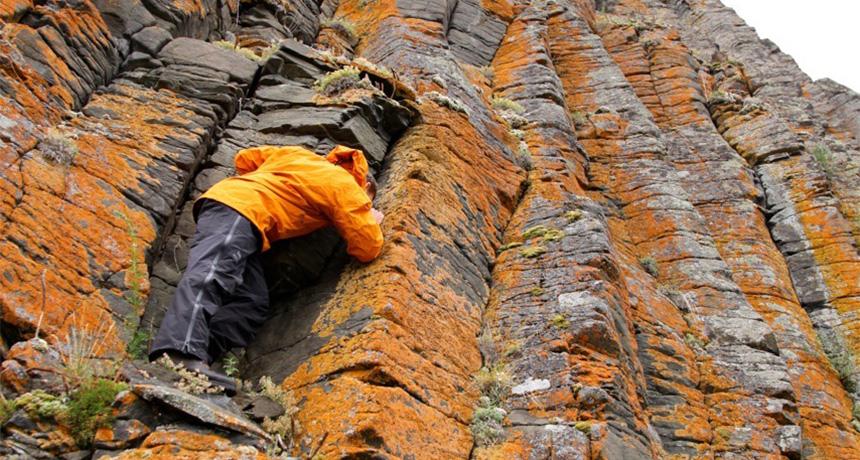
Volcanic activity convicted in Permian extinction
Science News, August 2015The biggest catastrophe in the history of life on Earth resulted from one of the most titanic volcanic outpourings on record, new research concludes.

The biggest catastrophe in the history of life on Earth resulted from one of the most titanic volcanic outpourings on record, new research concludes.

As Sandy raged, the ground trembled. Rumbles picked up by seismometers during Hurricane Sandy’s trip up the U.S. East Coast in 2012 originated from the storm’s eye, seismologists report in a paper to be published in the Journal of Geophysical Research: Solid Earth. Listening for these rumbles could help meteorologists remotely monitor air pressure changes inside hurricanes and better predict sudden increases in storm intensity, the researchers propose.
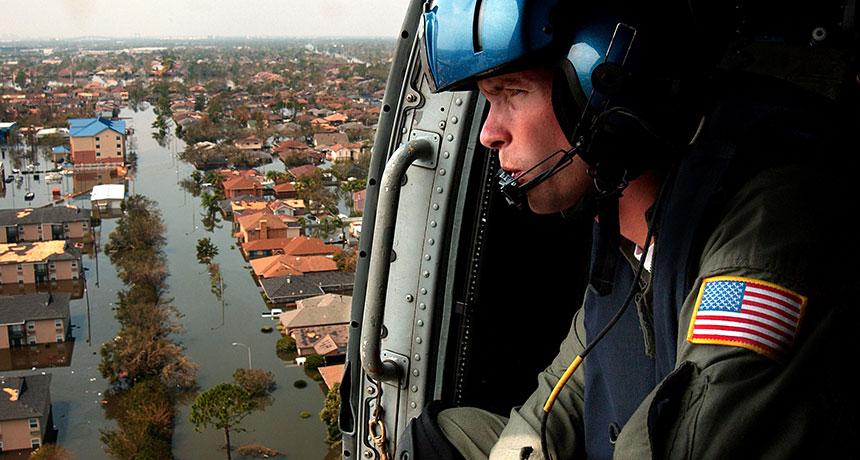
Ten years ago, the sea and sky rallied to unleash one of the worst natural disasters in U.S. history. During the 2005 Atlantic hurricane season, the most active season on record, 27 named storms —from Arlene to Zeta — swirled into existence. By far the most destructive was Hurricane Katrina.
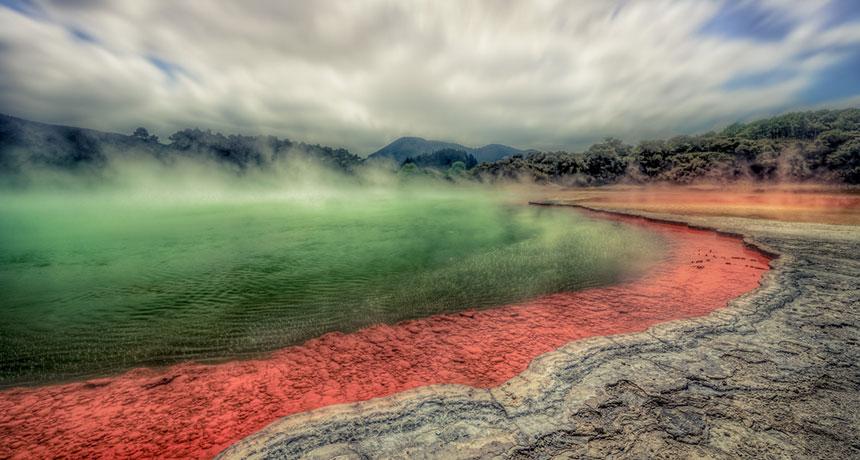
There’s gold in them thar volcanoes. Geoscientists have uncovered a mother lode of gold- and silver-enriched water in reservoirs inside a series of New Zealand volcanoes.

U.S. agriculture could reap big benefits from curbed carbon emissions. Such cuts would reduce the frequency and severity of future crop-parching droughts, saving American farmers billions of dollars annually by 2100, researchers calculate in the July issue of Weather, Climate and Society.
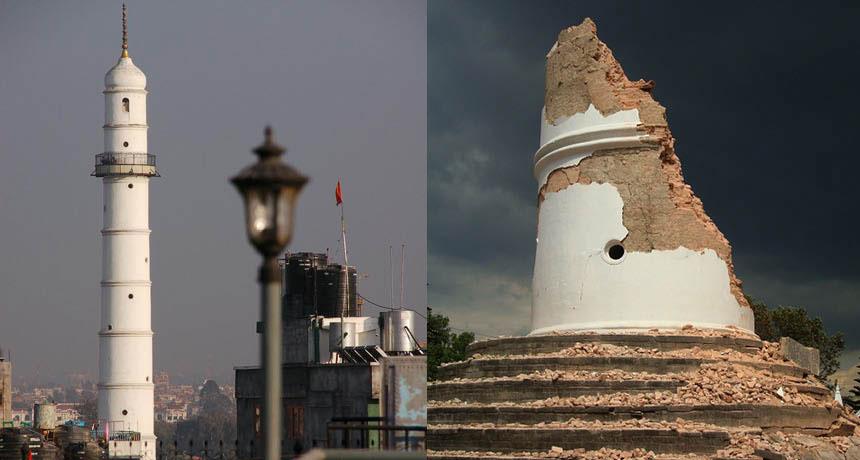
The April 25 Nepal earthquake killed more than 8,000 people and caused several billion dollars in damage, but new research suggests the toll could have been a lot worse.
A washed-up wing fragment near Madagascar could help narrow the search area for the Malaysia Airlines Flight 370 crash site, new ocean current simulations suggest.
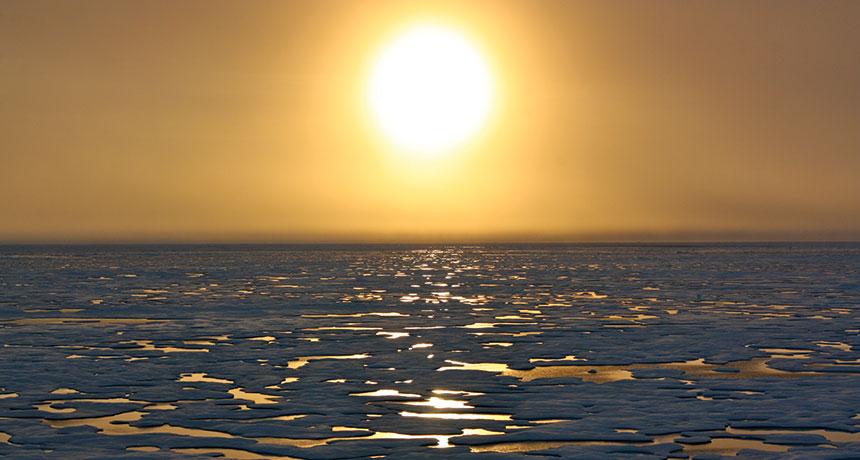
Santa Claus could be treading water sooner than thought. An improved forecast of Arctic sea ice coverage predicts that the region will have its first ice-free summer almost a decade earlier than previously projected.
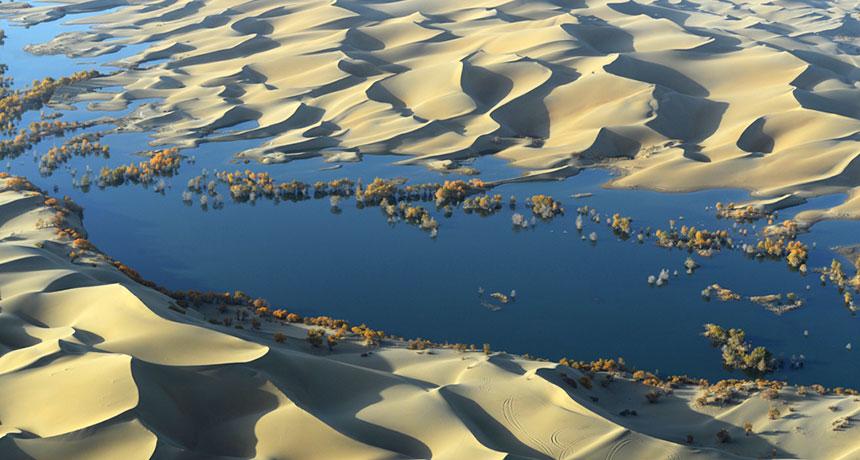
The wet undersides of deserts may stash as much as a trillion metric tons of climate-altering carbon, more than stored in all land-based plants, new research suggests.
Adapted for Science News for Students. Featured in the Sacramento Bee.
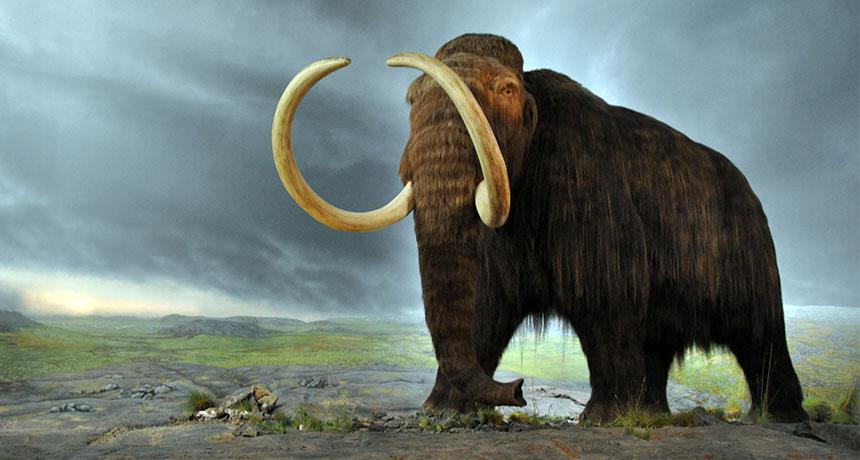
Rapid climate change put mega-sized Ice Age mammals on the ropes before ancient humans delivered the final blow, new research indicates.